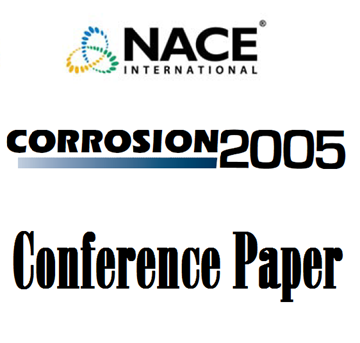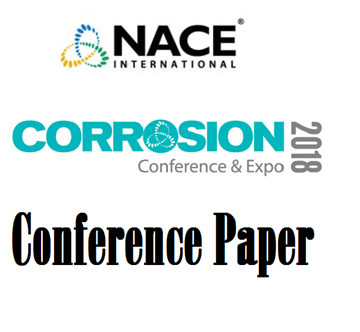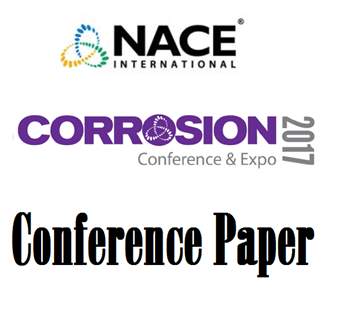Search
51318-10798-Development of a Practical Model for H2S Corrosion Prediction for Upstream Oil and Gas Applications
Also Purchased
05551 CO2 Corrosion Prediction Model - Basic Principles
Product Number:
51300-05551-SG
ISBN:
05551 2005 CP
Publication Date:
2005
$20.00
51318-10799-Evaluation of the Effect of Oxygen on CRA Materials
Product Number:
51318-10799-SG
Publication Date:
2018
$20.00
Enhanced Corrosion Prediction Model for Multiphase Oil and Gas Production Systems
Product Number:
51317--9419-SG
ISBN:
9419 2017 CP
Publication Date:
2017
$20.00




